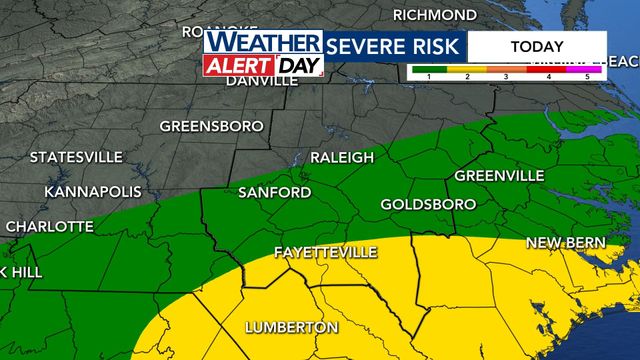Ask the meteorologist: How do weather stations work?

Have you ever marveled at the accuracy of weather forecasts and wondered how weather stations, especially automatic ones, manage to provide real-time updates on atmospheric conditions? The world of weather monitoring is a blend of cutting-edge science and ingenious engineering, involving an array of instruments and sensors. In this article, we'll take a closer look at how these technological marvels work to bring us up-to-the-minute weather data.
Question: How do weather stations know the current conditions in an area?
The secret to weather stations' ability to provide accurate and timely weather information lies in a combination of advanced technology and the expertise of scientists, engineers and meteorologists. Let's delve into the key components and mechanisms that enable weather stations to tell us what's happening in the atmosphere.
The role of sensors and instruments
Weather stations, both manual and automatic, rely on a sophisticated set of sensors and instruments designed to measure specific meteorological parameters. Here's a glimpse of the crucial sensors found in modern weather stations:
Thermometers: These devices determine air temperature by measuring the electrical resistance of a platinum wire. The resistance varies predictably with temperature.
Hygrometers: To measure relative humidity, hygrometers use polymers or metal oxides. The electrical charge of these materials changes according to humidity levels. Relative humidity, combined with temperature data, is used to calculate the dew point.
Ultrasonic Anemometers: These instruments measure wind speed and direction by utilizing high-frequency sound pulses. By analyzing the differences in speed along each path, the wind parameters are computed.
Forward Scatter Instruments: These instruments project a beam of infrared light at an angle to a nearby receiver. The more scattering particles in the air near the instrument, the more infrared light is scattered into the receiver. This information can be converted into an estimate of visibility.
Precipitation Sensors: Sensors that pass a beam of infrared light to a receiver can determine precipitation type. The variability of the incoming beam is measured to determine a scintillation pattern, which can identify whether the precipitation is in the form of rain or snow, or a mixture of both.
These are just a few examples of the sensors employed in weather stations. There are also sensors for detecting lightning, measuring atmospheric pressure, and more. Each sensor plays a vital role in collecting specific weather data.
Data processing and communication
Once the sensors collect data, it's sent to a central processing system within the weather station. The data is analyzed, quality-controlled and prepared for dissemination. Automatic weather stations are equipped with communication technology, allowing them to transmit data wirelessly to a central server or weather agency.
Meteorological networks
Weather stations often operate as part of larger meteorological networks. These networks collaborate to provide comprehensive weather information. Examples include:
National Weather Service (NWS): The NWS operates a vast network of weather stations across the United States, delivering critical weather forecasts and warnings.
Global Weather Networks: Organizations and agencies worldwide contribute to global weather monitoring. This collaboration enhances our understanding of weather patterns on a global scale.
Weather stations, whether manual or automatic, are the unsung heroes of meteorology. Through a blend of scientific principles and technological innovations, they provide us with real-time weather information that impacts our daily lives.
As we peer into the workings of these stations, we gain a deeper appreciation for the meticulous science and engineering that make it possible to tell us what's happening in the ever-changing atmosphere. Whether it's planning our day or preparing for extreme weather events, we rely on these stations to keep us informed and safe.











